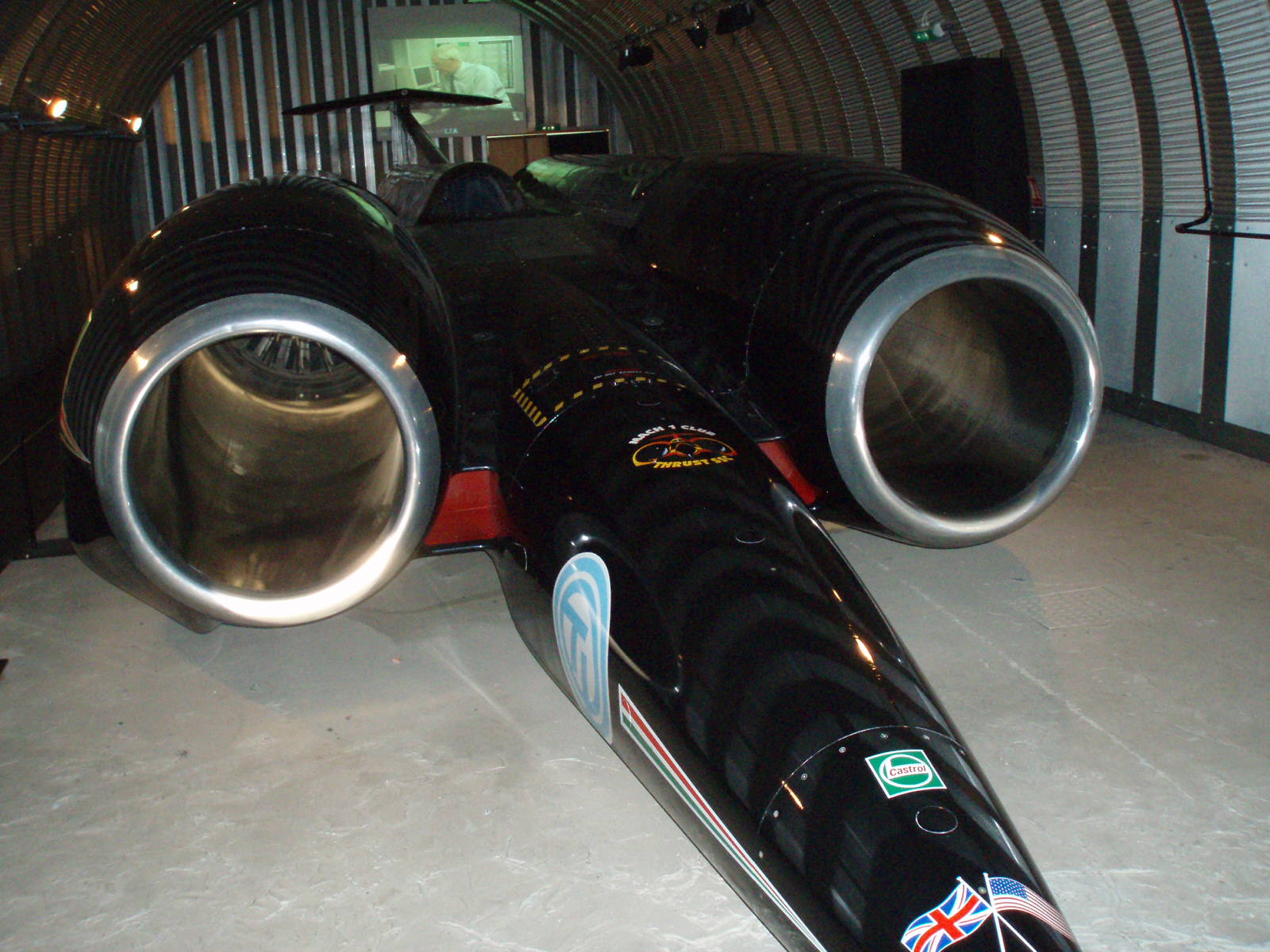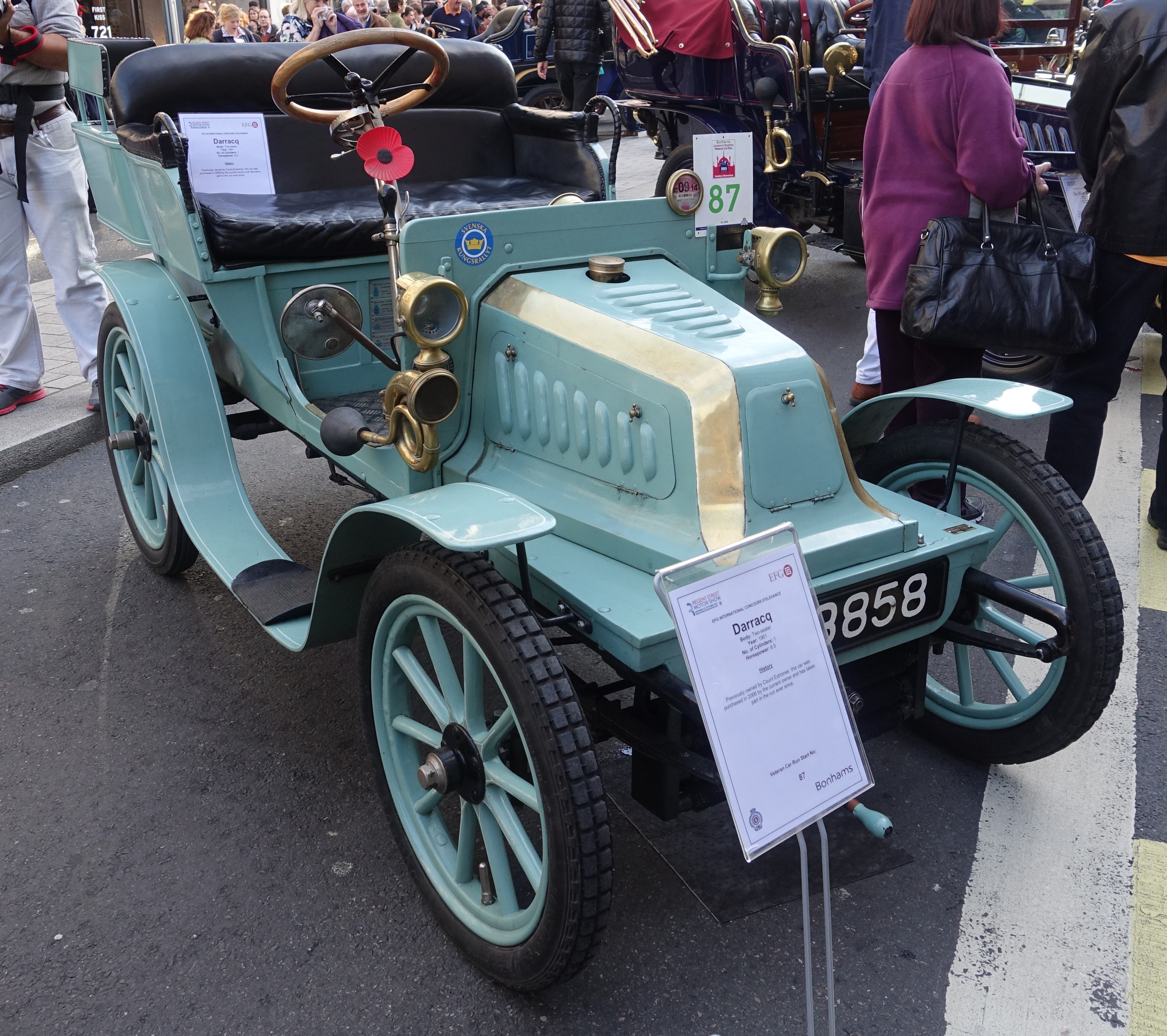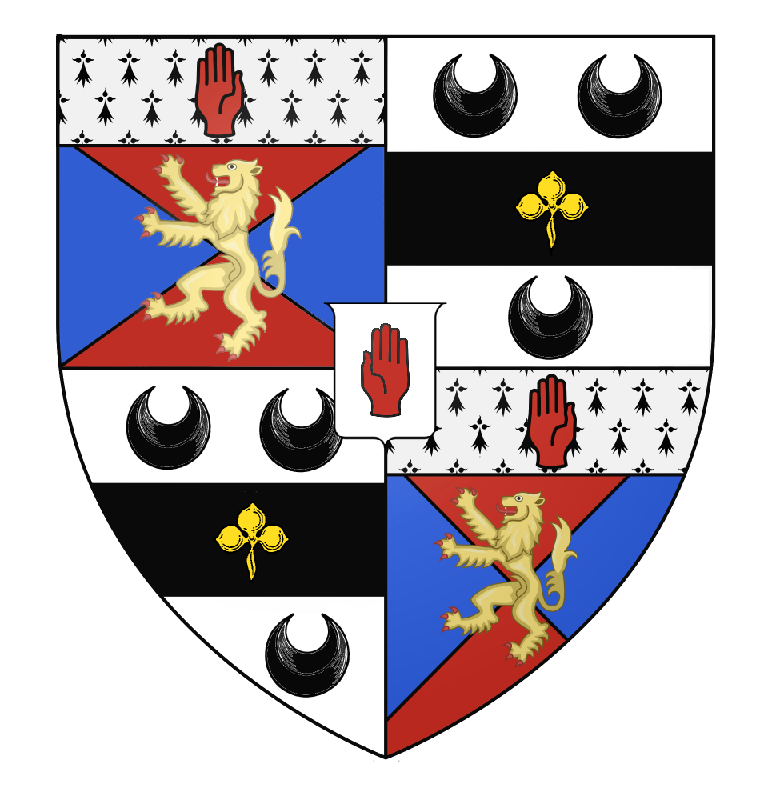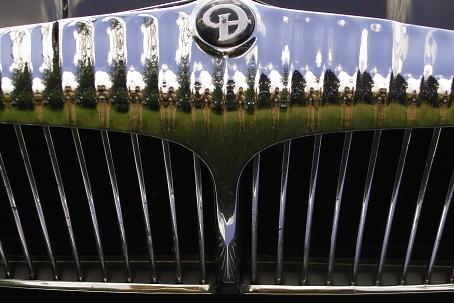|
Fromes Hill
Fromes Hill is a hamlet in the civil parish of Bishop's Frome, in Herefordshire, England, and is about east from the city and county town of Hereford, north from Ledbury and west from Worcester. The hamlet is a linear settlement, with most residences along the main A4103 road, or to its side. Local agriculture includes apples (cider), wheat, grains and hops. The local church is dedicated to St Matthew. Businesses include a pub, an Indian restaurant, those part of a trading estate in which is displayed a T34 tank, and a vineyard which produces cider. Fromes Hill postcode is HR8. The population is around 350. Fromes Hill Hillclimb From 1904 to 1907 Fromes Hill was the location of an international hill climb. * On 30 August 1904, the main event was won by E.V. Fielder, who averaged 11.8 mph in his Wolseley 6 hp. * On 17 June 1905 the event was run over a 1,289-yard course and was won by M.H. Orr-Ewing, driving a Daimler 28/36 hp. * On 24 May 1906 the Frome's Hi ... [...More Info...] [...Related Items...] OR: [Wikipedia] [Google] [Baidu] |
Hamlet (place)
A hamlet is a human settlement that is smaller than a town or village. Its size relative to a Parish (administrative division), parish can depend on the administration and region. A hamlet may be considered to be a smaller settlement or subdivision or satellite entity to a larger settlement. The word and concept of a hamlet has roots in the Anglo-Norman settlement of England, where the old French ' came to apply to small human settlements. Etymology The word comes from Anglo-Norman language, Anglo-Norman ', corresponding to Old French ', the diminutive of Old French ' meaning a little village. This, in turn, is a diminutive of Old French ', possibly borrowed from (West Germanic languages, West Germanic) Franconian languages. Compare with modern French ', Dutch language, Dutch ', Frisian languages, Frisian ', German ', Old English ' and Modern English ''home''. By country Afghanistan In Afghanistan, the counterpart of the hamlet is the Qila, qala (Dari language, Dari: ... [...More Info...] [...Related Items...] OR: [Wikipedia] [Google] [Baidu] |
Postcode
A postal code (also known locally in various English-speaking countries throughout the world as a postcode, post code, PIN or ZIP Code) is a series of letters or digits or both, sometimes including spaces or punctuation, included in a postal address for the purpose of sorting mail. the Universal Postal Union lists 160 countries which require the use of a postal code. Although postal codes are usually assigned to geographical areas, special codes are sometimes assigned to individual addresses or to institutions that receive large volumes of mail, such as government agencies and large commercial companies. One example is the French CEDEX system. Terms There are a number of synonyms for postal code; some are country-specific; * CAP: The standard term in Italy; CAP is an acronym for ''codice di avviamento postale'' (postal expedition code). * CEP: The standard term in Brazil; CEP is an acronym for ''código de endereçamento postal'' (postal addressing code). * Eircode: Th ... [...More Info...] [...Related Items...] OR: [Wikipedia] [Google] [Baidu] |
Villages In Herefordshire
A village is a clustered human settlement or community, larger than a hamlet but smaller than a town (although the word is often used to describe both hamlets and smaller towns), with a population typically ranging from a few hundred to a few thousand. Though villages are often located in rural areas, the term urban village is also applied to certain urban neighborhoods. Villages are normally permanent, with fixed dwellings; however, transient villages can occur. Further, the dwellings of a village are fairly close to one another, not scattered broadly over the landscape, as a dispersed settlement. In the past, villages were a usual form of community for societies that practice subsistence agriculture, and also for some non-agricultural societies. In Great Britain, a hamlet earned the right to be called a village when it built a church. [...More Info...] [...Related Items...] OR: [Wikipedia] [Google] [Baidu] |
Land Speed Record
The land speed record (or absolute land speed record) is the highest speed achieved by a person using a vehicle on land. There is no single body for validation and regulation; in practice the Category C ("Special Vehicles") flying start regulations are used, officiated by regional or national organizations under the auspices of the Fédération Internationale de l'Automobile (FIA). The land speed record (LSR) is standardized as the speed over a course of fixed length, averaged over two runs (commonly called "passes"). Two runs are required in opposite directions within one hour, and a new record mark must exceed the previous one by at least one percent to be validated. History The first regulator was the ''Automobile Club de France'', which proclaimed itself arbiter of the record in about 1902. Until 1903, trains held the land speed record for fastest vehicles in which people could travel. Different clubs had different standards and did not always recognize the same wor ... [...More Info...] [...Related Items...] OR: [Wikipedia] [Google] [Baidu] |
Automobiles Darracq France
Automobiles Darracq France was a manufacturer of motor vehicles and aero engines in Suresnes, near Paris. The enterprise, known at first as A Darracq et Cie, was founded in 1896 by successful businessman Alexandre Darracq. In 1902 he sold his new business to a privately held English company named A Darracq and Company Limited, taking a substantial shareholding and a directorship himself. He continued to run the business from Paris but was obliged to retire to the Côte d'Azur in 1913 following years of difficulties that brought his business into very hazardous financial circumstances. He had introduced an unproven unorthodox engine in 1911 which proved a complete failure yet he neglected Suresnes' popular conventional products. France then entered the first World War. in 1916 ownership of the Suresnes business was transferred to Darracq S.A. In 1922 Darracq's name was dropped from its products and this business was renamed Talbot S.A. Initially its products were branded Darracq ... [...More Info...] [...Related Items...] OR: [Wikipedia] [Google] [Baidu] |
Guinness Baronets
There have been two baronetcies created for members of the Guinness family, Guinness brewing family, both in the Baronetage of the United Kingdom. As of 2014 both titles are extant. The Guinness Baronetcy, of Ashford Castle, Ashford in the County Galway, County of Galway, is a title in the Baronetage of the United Kingdom. It was created on 15 April 1867 for the brewer, philanthropist and Conservative Party (UK), conservative member of parliament Sir Benjamin Guinness, 1st Baronet, Benjamin Guinness. He was a grandson of Arthur Guinness, the founder of the Guinness brewery. His son, the second baronet, was also a businessman and conservative politician and contributed to numerous charitable causes. On 1 May 1880 he was created Baron Ardilaun, of Ashford in the County of Galway, in the Peerage of the United Kingdom. Lord Ardilaun was childless and the barony became extinct on his death in 1915. However, he was succeeded in the baronetcy by his nephew Sir Algernon, the third bar ... [...More Info...] [...Related Items...] OR: [Wikipedia] [Google] [Baidu] |
Daimler Company
The Daimler Company Limited ( ), prior to 1910 The Daimler Motor Company Limited, was an independent British motor vehicle manufacturer founded in London by H. J. Lawson in 1896, which set up its manufacturing base in Coventry. The company bought the right to the use of the Daimler name simultaneously from Gottlieb Daimler and Daimler-Motoren-Gesellschaft of Cannstatt, Germany. After early financial difficulty and a reorganisation of the company in 1904, the Daimler Motor Company was purchased by Birmingham Small Arms Company (BSA) in 1910, which also made cars under its own name before the Second World War. In 1933, BSA bought the Lanchester Motor Company and made it a subsidiary of Daimler Company. Daimler was awarded a Royal Warrant to provide cars to the British monarch in 1902; it lost this privilege in the 1950s after being supplanted by Rolls-Royce. Daimler occasionally used alternative technology: the Knight engine which it further developed in the early twenti ... [...More Info...] [...Related Items...] OR: [Wikipedia] [Google] [Baidu] |
Wolseley Motors
Wolseley Motors Limited was a British motor vehicle manufacturer founded in early 1901 by the Vickers Armaments in conjunction with Herbert Austin. It initially made a full range, topped by large luxury cars, and dominated the market in the Edwardian era. The Vickers brothers diedin 1914 and 1919 respectively and, without their guidance, Wolseley expanded rapidly after the war, manufacturing 12,000 cars in 1921, and remained the biggest motor manufacturer in Britain. Over-expansion led to receivership in 1927 when it was bought from Vickers Limited by William Morris as a personal investment. He moved it into his Morris Motors empire just before the Second World War. After that, Wolseley products were "badge-engineered" Morris cars. Wolseley went with its sister businesses into BMC, BMH and British Leyland, where its name lapsed in 1975. Founding 1901 File:Herbert Austin 1905.jpg, Herbert Austin (1866–1941) in 1905 File:Colonel-thomas-edward-vickers-1896.jp.jpg, Col ... [...More Info...] [...Related Items...] OR: [Wikipedia] [Google] [Baidu] |
Hillclimbing
Hillclimbing, also known as hill climbing, speed hillclimbing, or speed hill climbing, is a branch of motorsport in which drivers compete against the clock to complete an uphill course. It is one of the oldest forms of motorsport, since the first known hillclimb at La Turbie near Nice, France, took place as long ago as 31 January 1897. The hillclimb held at Shelsley Walsh, in Worcestershire, England is the world's oldest continuously staged motorsport event still staged on its original course, having been first run in 1905. Europe Hillclimbs in continental Europe are usually held on courses which are several kilometres long, taking advantage of the available hills and mountains including the Alps. The most prestigious competition is the FIA European Hill Climb Championship. Austria An Austrian venue: Gaisberg. An historic course is at Semmering. Great Britain In Great Britain, the format is different from that in other parts of Europe, with courses being much shorter. Th ... [...More Info...] [...Related Items...] OR: [Wikipedia] [Google] [Baidu] |
Hops
Hops are the flowers (also called seed cones or strobiles) of the hop plant ''Humulus lupulus'', a member of the Cannabaceae family of flowering plants. They are used primarily as a bittering, flavouring, and stability agent in beer, to which, in addition to bitterness, they impart floral, fruity, or citrus flavours and aromas. Hops are also used for various purposes in other beverages and herbal medicine. The hops plants have separate female and male plants, and only female plants are used for commercial production. The hop plant is a vigorous, climbing, herbaceous perennial, usually trained to grow up strings in a field called a hopfield, hop garden (in the South of England), or hop yard (in the West Country and United States) when grown commercially. Many different varieties of hops are grown by farmers around the world, with different types used for particular styles of beer. The first documented use of hops in beer is from the 9th century, though Hildegard of Bingen, 30 ... [...More Info...] [...Related Items...] OR: [Wikipedia] [Google] [Baidu] |
Civil Parish
In England, a civil parish is a type of administrative parish used for local government. It is a territorial designation which is the lowest tier of local government below districts and counties, or their combined form, the unitary authority. Civil parishes can trace their origin to the ancient system of ecclesiastical parishes, which historically played a role in both secular and religious administration. Civil and religious parishes were formally differentiated in the 19th century and are now entirely separate. Civil parishes in their modern form came into being through the Local Government Act 1894, which established elected parish councils to take on the secular functions of the parish vestry. A civil parish can range in size from a sparsely populated rural area with fewer than a hundred inhabitants, to a large town with a population in the tens of thousands. This scope is similar to that of municipalities in Continental Europe, such as the communes of France. However, ... [...More Info...] [...Related Items...] OR: [Wikipedia] [Google] [Baidu] |
Cereal
A cereal is any Poaceae, grass cultivated for the edible components of its grain (botanically, a type of fruit called a caryopsis), composed of the endosperm, Cereal germ, germ, and bran. Cereal Grain, grain crops are grown in greater quantities and provide more food energy worldwide than any other type of crop and are therefore Staple food, staple crops. They include wheat, rye, Oat, oats, and barley. Edible grains from other plant families, such as buckwheat, quinoa and Salvia hispanica, chia, are referred to as pseudocereals. In their unprocessed whole grain form, cereals are a rich source of vitamins, Mineral (nutrient), minerals, carbohydrates, fats, oils, and Protein (nutrient), protein. When processed by the removal of the bran and germ the remaining endosperm is mostly carbohydrate. In some Developing country, developing countries, grain in the form of rice, wheat, millet, or maize constitutes a majority of daily sustenance. In Developed country, developed countries, c ... [...More Info...] [...Related Items...] OR: [Wikipedia] [Google] [Baidu] |









